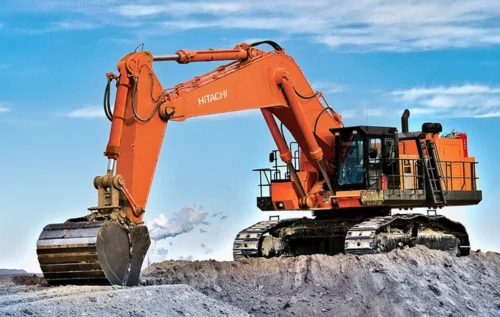Are you interested in working with heavy machines in the construction industry? It is important to know that this employment requires a unique training course. But what exactly is Excavator Course, and why do you need it in Sydney?
What Exactly Is An Excavator Training Course In Sydney?
The Excavator Training Course is another name for the Conduct Civil Construction Excavator Operations course. It was created for persons who desire to handle heavy machines in the construction business, such as excavators of any tonnage.
What Does An Excavator Training Course In Sydney Teach You?
Participants in the workshop learn about WHS regulations and how to operate an excavator by WHS Competency Standards. In addition, students are taught how to load trucks and perform basic maintenance and servicing operations. Furthermore, you may learn about hazard awareness while participating in a supervised, hands-on operation and prepare for real-world working scenarios.
Why Should You Go To Excavator Training School?
Enrolling in an excavator training school will teach you how to operate, guide, and work with the gold standard in construction equipment.
Modern hydraulic excavators provide power, efficiency, and adaptability unimaginable when the piece of heavy equipment was originally used in construction, earthmoving, and road (and railway) construction more than a century ago. Steam-powered versions of the machinery, sometimes known as steam shovels, were the oldest forms of the technology and were used extensively in the late nineteenth and early twentieth century in the construction of the Panama Canal and the railways that span the United States.
The first hydraulic excavators appeared in the 1880s, and the first all-hydraulic apparatus appeared in 1897. Since then, the excavator has been indispensable whenever and wherever soil needed to be shifted, a boulder rearranged, or a trench dug. The excavator, the first of several heavy equipment kinds, has been a necessary piece of technology for more than a century.
Despite small changes, all excavators have the same basic component makeup. The machine’s most distinguishing feature is its multiple-articulated ‘arm,’ which is separated into a ‘boom’ that is attached to the vehicle through a ‘king-post,’ allowing it to swivel both left and right — often up to 180 or 220 degrees. The second component of the arm is known as ‘the dipper,’ and it is responsible for holding and manipulating the ‘bucket.’ Every component of the arm connects to the cab, which is linked to a platform above a track or wheel substructure. The cab and platform are referred to collectively as the ‘house.’
Despite being one of the oldest heavy equipment types, the excavator is still one of the most popular. According to heavy equipment manufacturers, the excavator is now the most popular piece of heavy equipment utilized on construction projects.
The adaptability of the machinery is probably responsible for its success. Excavators can tackle practically any project thanks to a vast array of attachments and bucket replacement choices, ranging from saws, claws, and breakers to more specialized equipment like pile drives, drills, and snow blowers. Excavators are frequently seen digging through the dirt, moving items, dismantling old structures, installing big pipes, mining, cutting asphalt, or grinding down trees.



